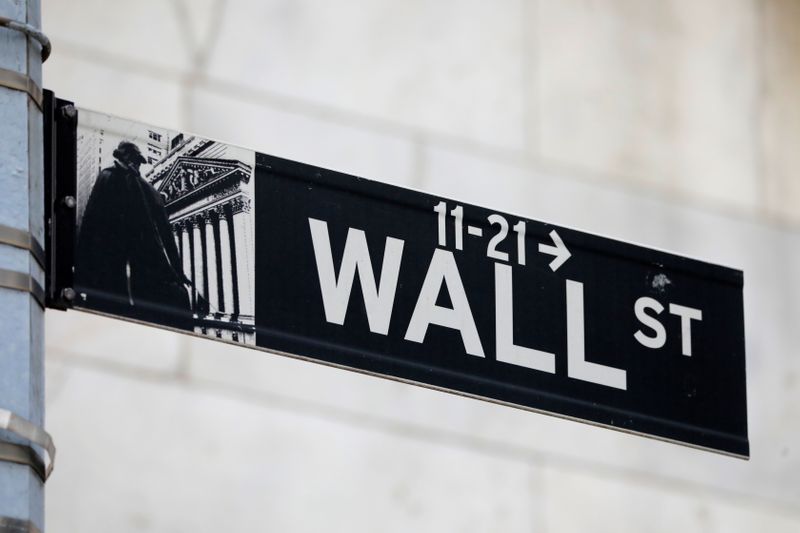Investing.com — Wall Street looks set to end the year on a positive note, as traders await next week’s crucial payrolls report. Boeing received some positive news from China, while Nvidia launched a new gaming chip in the important Chinese market.
1. Futures point to more gains as year ends
U.S. stock futures edged higher Friday, set to end a strong year on Wall Street on a positive note.
By 05:30 ET (10:30 GMT), the contract was up 25 points, or 0.1%, had gained by 5 points or 0.1%, and had risen by 22 points or 0.1%.
The three main indices have benefited from an impressive late rally with the Federal Reserve signaling that its prolonged rate-hiking cycle is at an end and rate cuts were likely in 2024.
The DJIA and are poised to end 2023 over 13% and 24% higher, respectively, with the latter less than 0.5% off its highest closing level, which was set in January 2022. The is on course to record a gain of over 44%, which would be its biggest annual increase since 2003.
2. Nvidia launches new gaming chip for China
Nvidia (NASDAQ:), the U.S. chipmaker, has launched a new version of a gaming chip designed to comply with U.S. export controls targeting China.
This chip is the first released by the company since export rules unveiled by the Biden Administration in October meant artificial intelligence chips it created for the Chinese market were blocked for sale.
Nvidia has been one of the year’s main stars, benefiting from the surge in interest in artificial intelligence, resulting in it joining an elite club of U.S. companies with a $1 trillion market value.
Nvidia has commanded more than 90% share of China’s $7 billion AI chip market, and the U.S. curbs have created concerns that it could lose market share to domestic firms.
3. December payrolls looming large
The U.S. stock markets have enjoyed a strong end to the year, benefiting from the belief that the Federal Reserve will start cutting interest rates in 2024, leading to a so-called ‘soft landing’.
Economic growth has cooled and inflation has eased, but the economy has shown little evidence that months of tighter monetary policy will result in a severe downturn.
Key to whether this mindset will continue will be the health of the U.S. jobs market into the new year.
Data released on Thursday showed that the number of Americans filing for unemployment benefits rose by 12,000 last week to 218,000, indicating the labor market continues to cool in the year’s fourth quarter.
However, most eyes will be on next week’s December report, with the U.S. economy expected to have added 158,000 jobs in December versus 199,000 in November.
4. Boeing’s 737 MAX fly again in China
Boeing (NYSE:) passed another important milestone Friday, after the U.S. plane manufacturer confirmed that all of its 737 MAX jets operated by Chinese carriers are now back in service, following the global grounding in 2019.
The company’s best-selling model was grounded after a couple of fatal crashes more than four years ago. Although it generally returned to service in late 2020, Chinese airlines were late to the party, only starting to fly them again in January 2023.
This restart would benefit the company greatly as it would allow the carrier to offload dozens of planes in its inventory.
5. Oil up, but heading for hefty annual losses
Oil prices edged higher Friday, rebounding after the previous session’s sharp losses, but were set to end the year near the lowest levels since 2020 when the pandemic sent prices spiralling lower.
By 05:30 ET, the futures traded 0.1% higher at $71.83 a barrel, while the contract climbed 0.3% to $77.39 per barrel.
Prices dropped around 3% on Thursday as major shipping firms began returning to the Red Sea, easing concerns about supply disruptions through this key region.
Helping the prices recover was the U.S. reporting a much larger-than-expected draw in crude inventories, with stockpiles dropping by 7.1 million barrels in the week ended Dec. 22.
That said, the crude benchmarks are on course to end the year around 10% lower as production cuts by a number of major producers have proved insufficient to prop up prices, with the slowing global economy and a series of aggressive interest rate hikes to combat soaring inflation weighing.
Read the full article here
